![]() We have finally made it back to the U.K. after 5 years. The flight over, has not shorten in duration, but it was smooth flying all the way. Now resting up, before starting on Tuesday and then it is a busy schedule there after. For more course schedule details please visit https://www.davidstuart.com.au/courses/
We have finally made it back to the U.K. after 5 years. The flight over, has not shorten in duration, but it was smooth flying all the way. Now resting up, before starting on Tuesday and then it is a busy schedule there after. For more course schedule details please visit https://www.davidstuart.com.au/courses/
It has been a very busy 2 months since my last blog. We have had cattle work at home with weaning and preg. testing our breeding herd, plus outside horses in for starting and a home course and the general day to day duties and chores of normal station life.
It was not until my Singapore stopover, did I actually start to realise, I was en route to the U.K. I am very much looking forward to having the opportunity to catch up and renew the many U.K. friendships formed over a long period of time.
![]() When I return back to Australia in September, I have 9 days in Western Australia. This is from the end of September to early October and is at Horsemanship First with Jenny Jackson and her family. Jenny and her family have been wonderful supporters for many, many years now. They have a great facility and make all very welcome and comfortable. I always enjoy my Western Australian trips and as with the U.K. look forward to catching up with friends.
When I return back to Australia in September, I have 9 days in Western Australia. This is from the end of September to early October and is at Horsemanship First with Jenny Jackson and her family. Jenny and her family have been wonderful supporters for many, many years now. They have a great facility and make all very welcome and comfortable. I always enjoy my Western Australian trips and as with the U.K. look forward to catching up with friends.
![]() I have put together a horsemanship article below. This article is more of a horsemanship journal and is of a horse named Elegance or Ellie to her friends. Enjoy the read.
I have put together a horsemanship article below. This article is more of a horsemanship journal and is of a horse named Elegance or Ellie to her friends. Enjoy the read.
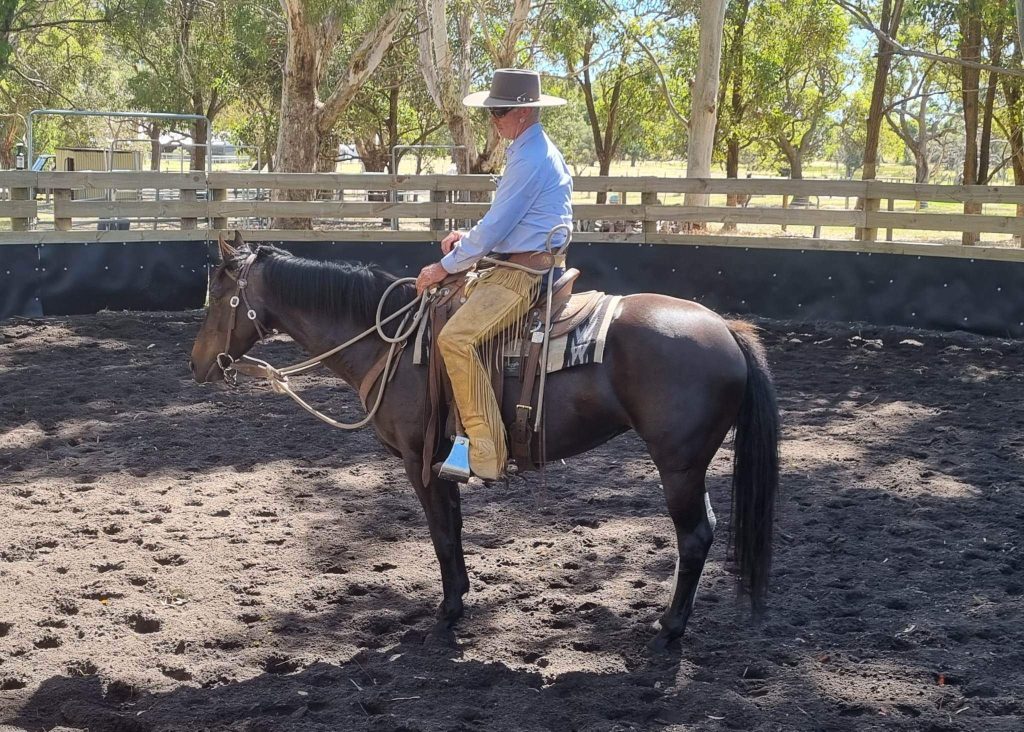
![]() The horse in the image above is of a 7 – 8 year old mare named Elegance, she is owned by Jenny Jackson from Western Australia. I have probably ridden her around 20 – 25 times. I did not start her, she had a handful of rides before. I believe that she was started late in life.
The horse in the image above is of a 7 – 8 year old mare named Elegance, she is owned by Jenny Jackson from Western Australia. I have probably ridden her around 20 – 25 times. I did not start her, she had a handful of rides before. I believe that she was started late in life.
This line of horses goes back to the Abby /Abdul line of horses, who were Australian Stock Horses. They are well known for their abilities in many worlds, particularly the cow working or camp drafting world in Australia. This line of horses are known for being sensitive and hot horses to be around. If you get it right they are wonderful horses, if you do not, we all know how that one works out.
Theo Hill and his family from New South Wales promoted and bred this line of horses for a very long time. I had the opportunity to work for Theo and his family back in the 80s. Ray Hunt would always hold courses on the family station. The knowledge learned from Ray was passed on and while this was mostly above my head at the time, I did remember and apply with time and experience.
Over the years I rode a lot of horses with this breeding and at first I did not always get along with them. I hung in there and learned from my mistakes and successes and with time, experience and thus knowledge, they became horses that I loved to ride. I suspect that there was a strong influence of Thoroughbred within this particular line of horses.
As fate would have it, I am to give a presentation in the U.K. in Newmarket, the home of British racing, this coming Thursday. ( My wife Rachael also has a love of Thoroughbred horses and has owned a few now. )
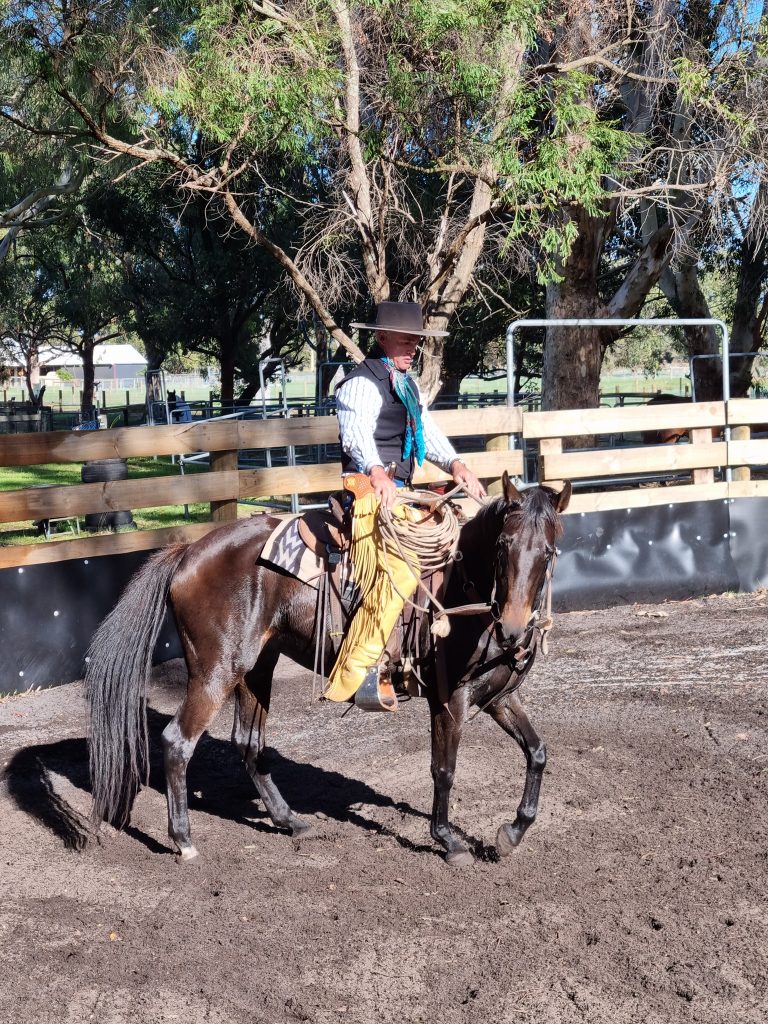
![]() These horses have a strong sense of self preservation and if you can develop the self confidence of these horses and without trying to push your ideals on to them, get down to their feet and pay attention to their cadence. Their natural athleticism and abilities will do the rest. If they did stumble they will find an extra leg and find their feet again. These horses do not like being out of balance, if they get out of balance you are more likely to experience their athleticism in ways that many would prefer not to.
These horses have a strong sense of self preservation and if you can develop the self confidence of these horses and without trying to push your ideals on to them, get down to their feet and pay attention to their cadence. Their natural athleticism and abilities will do the rest. If they did stumble they will find an extra leg and find their feet again. These horses do not like being out of balance, if they get out of balance you are more likely to experience their athleticism in ways that many would prefer not to.
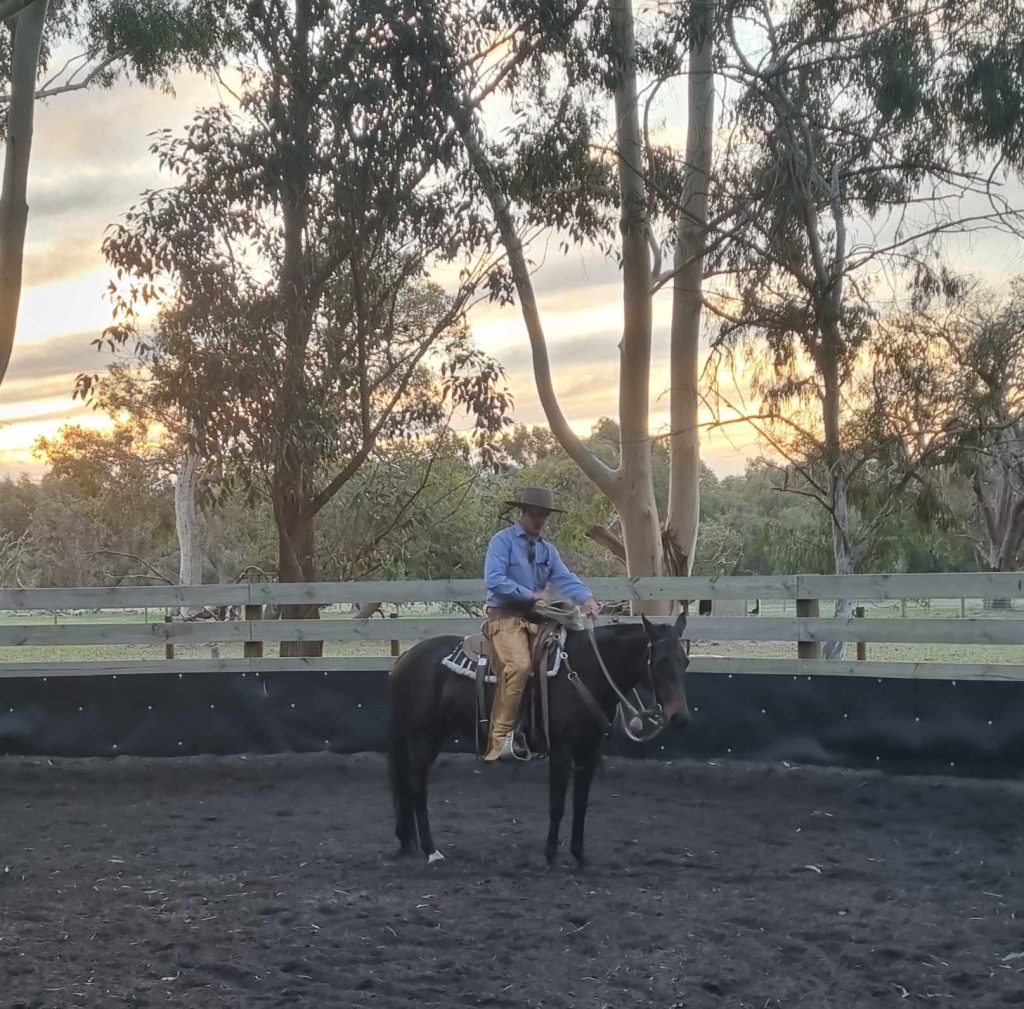
Horses of this nature have plenty of “heart “ and you will most certainly still have a horse underneath you at the end of a long day. As a side note I would add the traits of their sensitivity and athleticism are what challenges the human in their initial stages. It is also what makes these horses so special.
I am sure that Ellie, will put a smile on Jenny’s face for a many years.

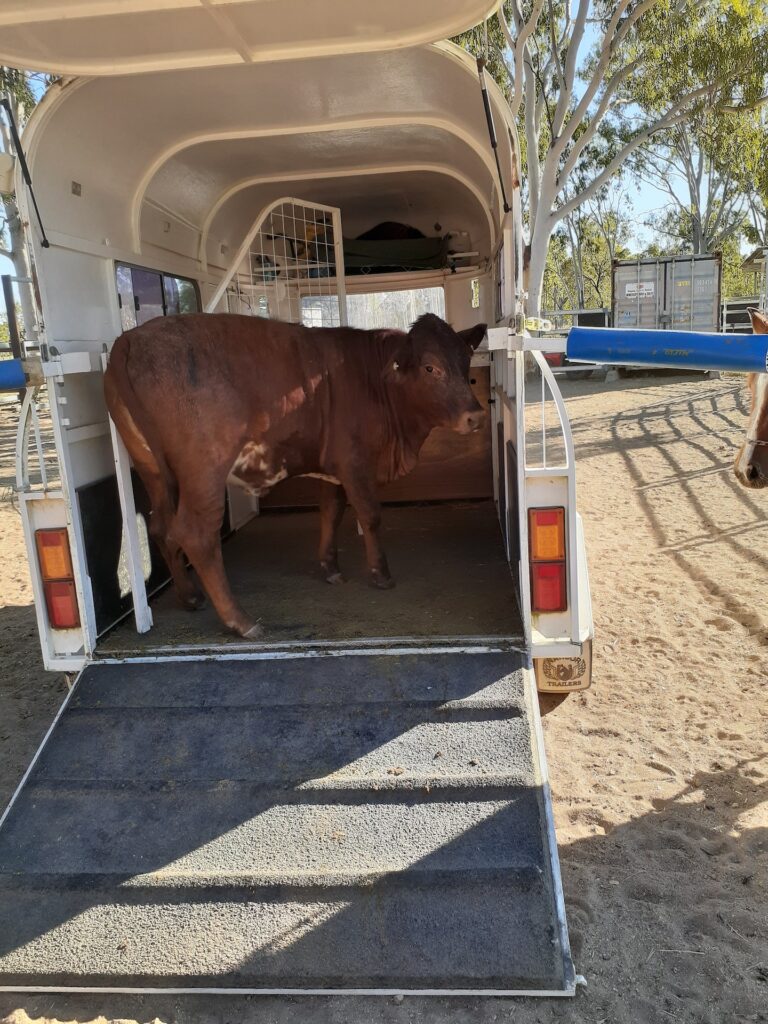
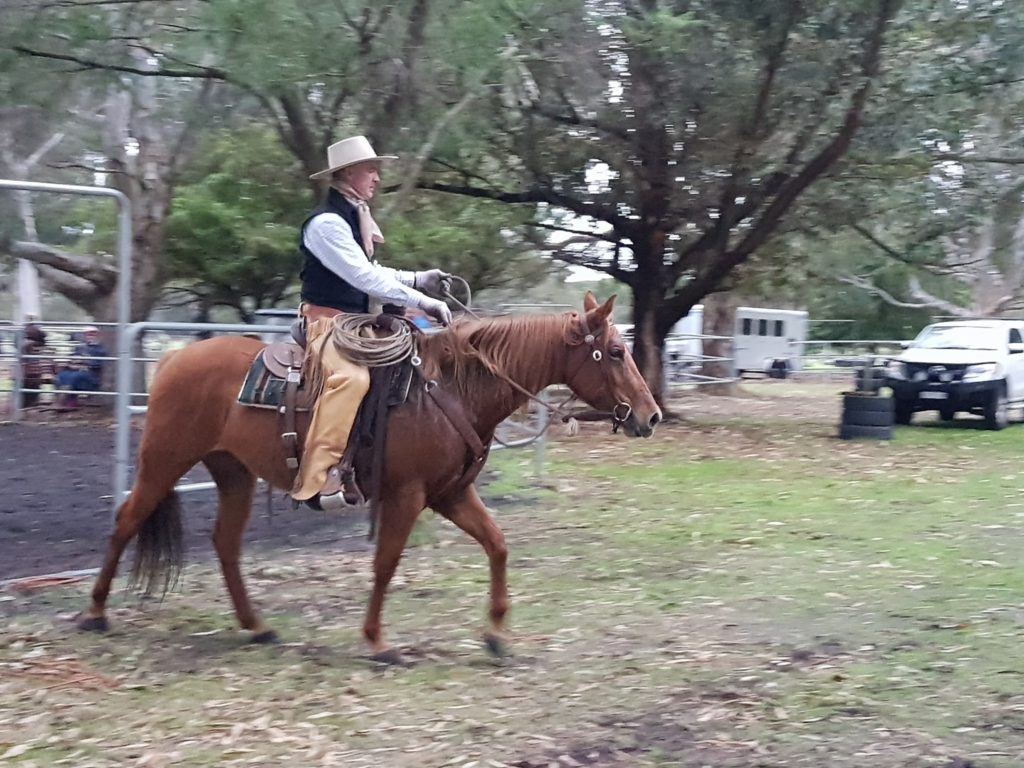
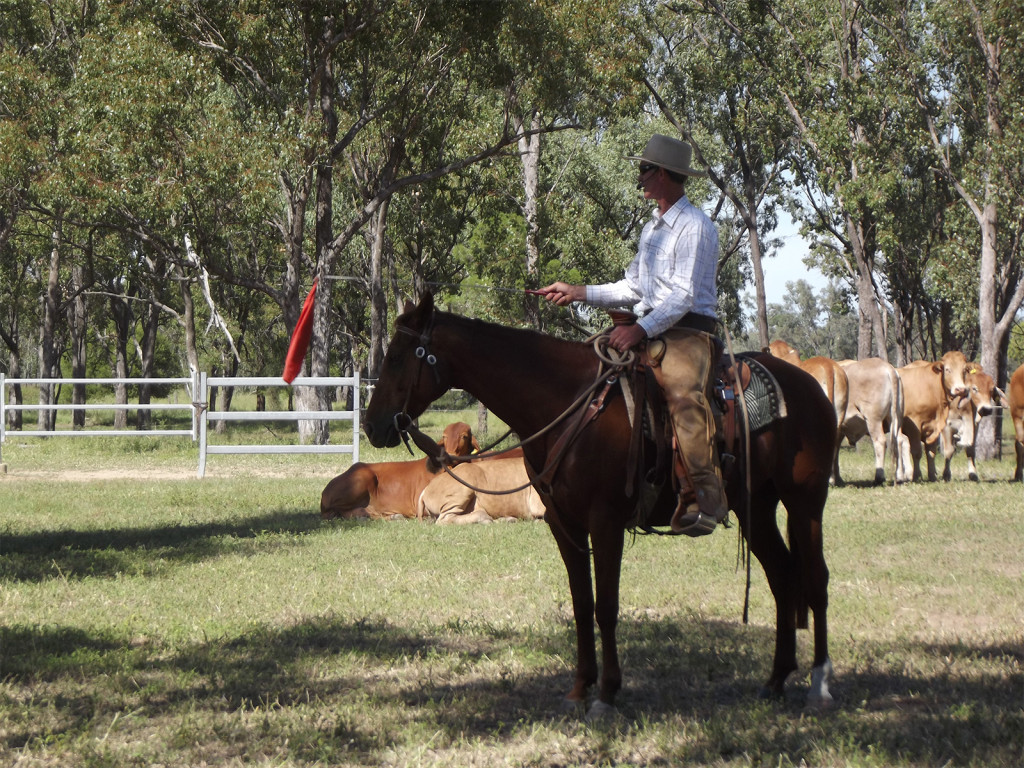

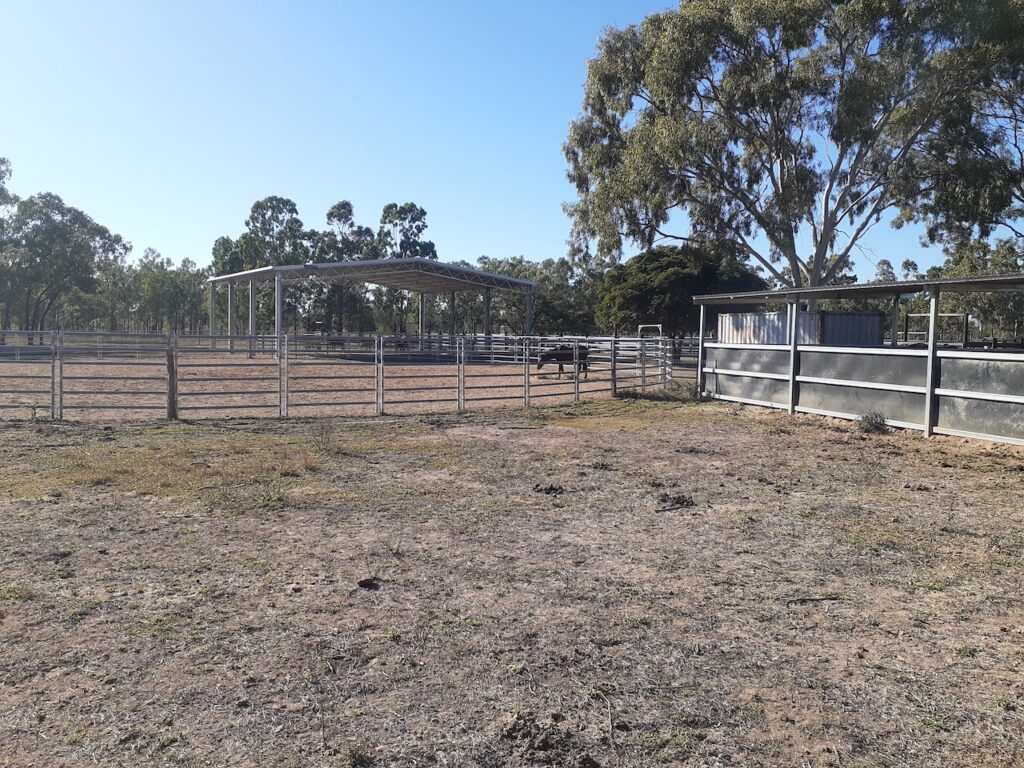
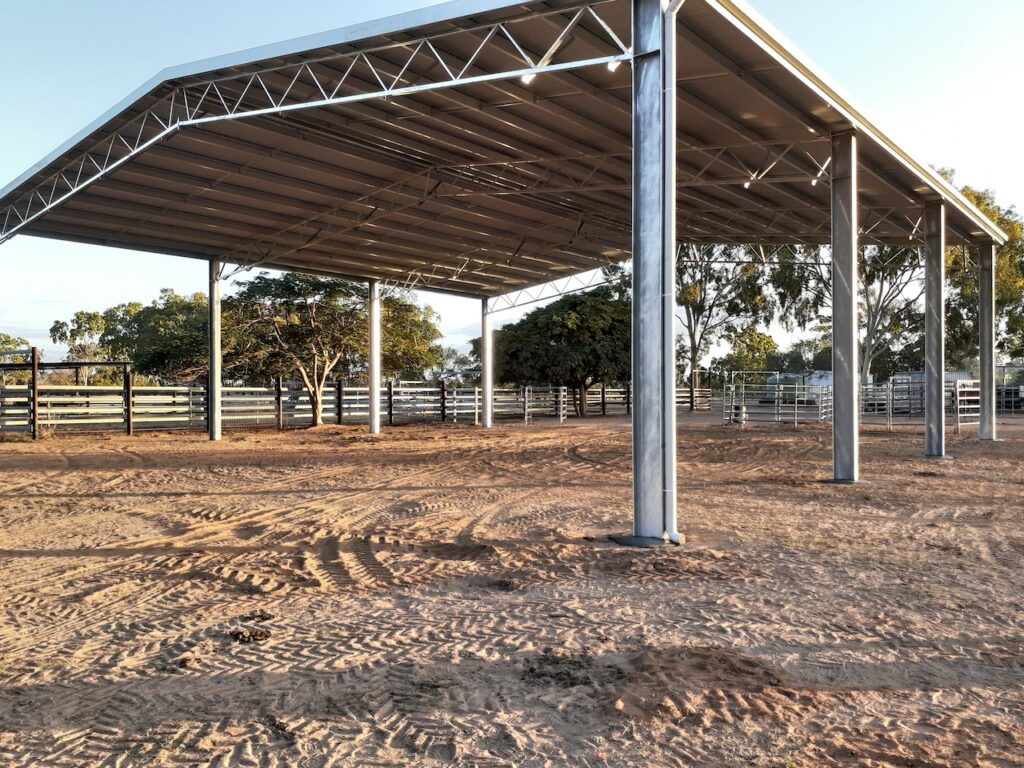

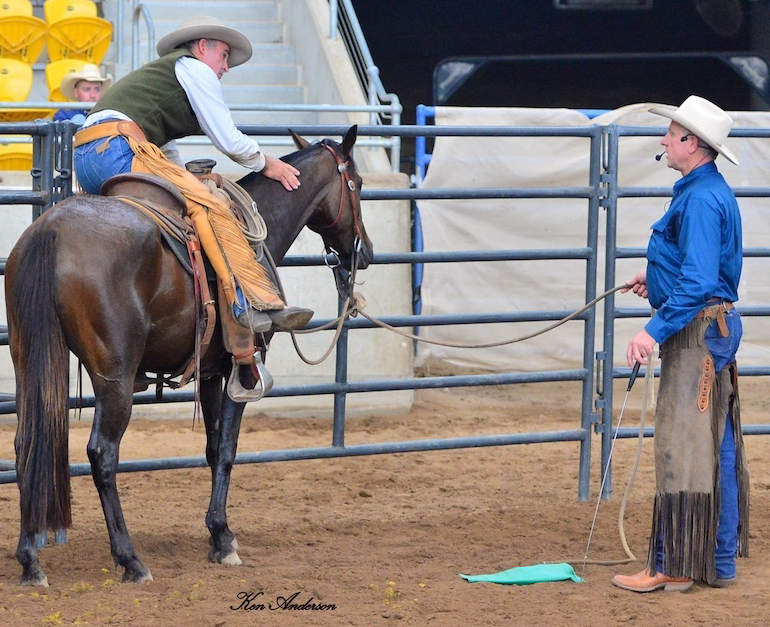
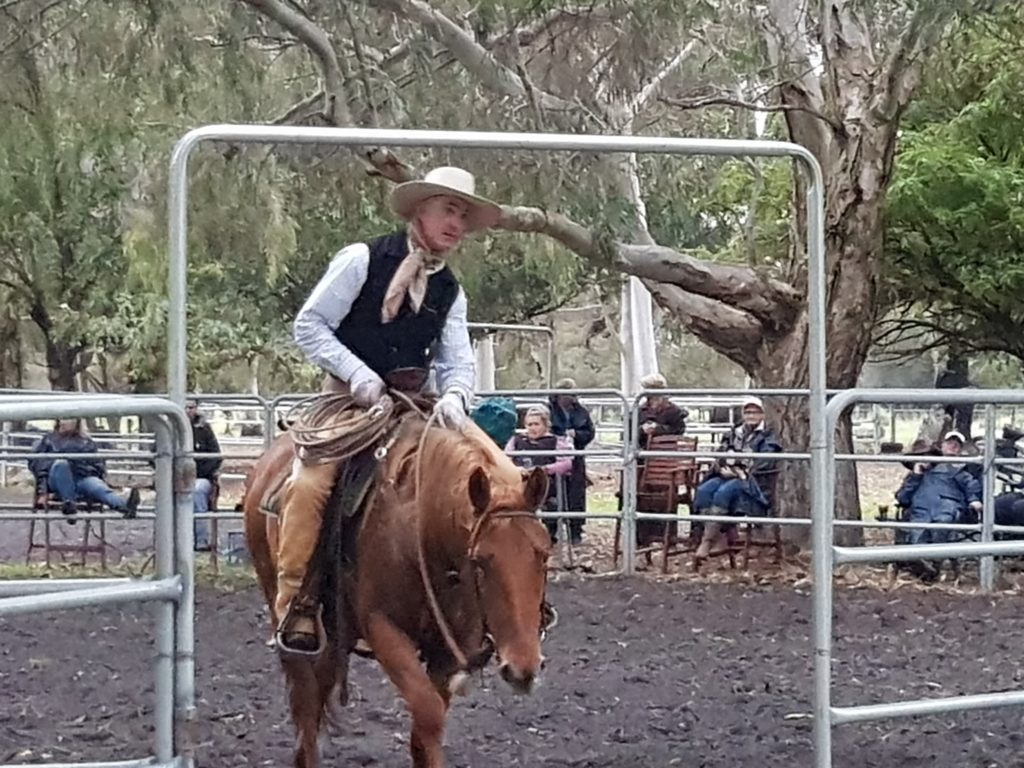
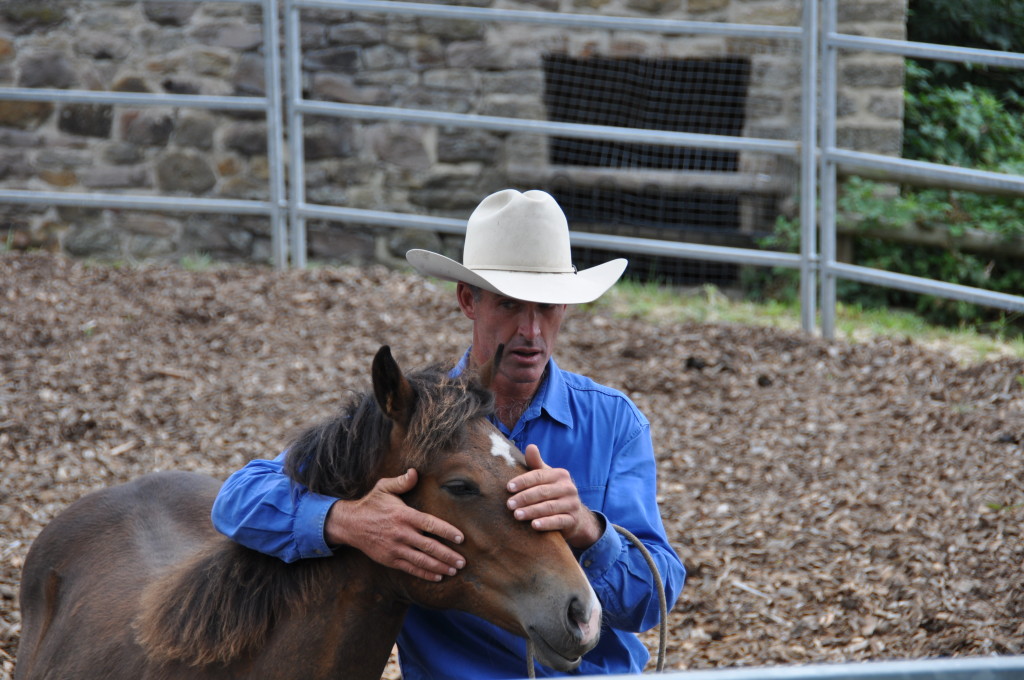
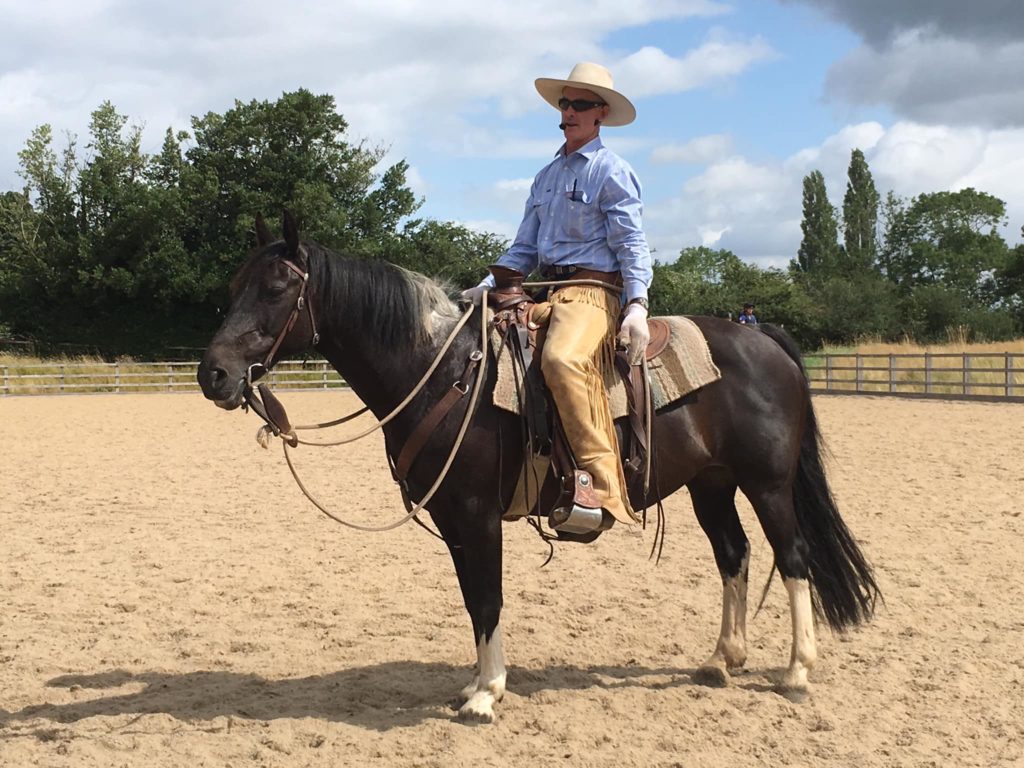
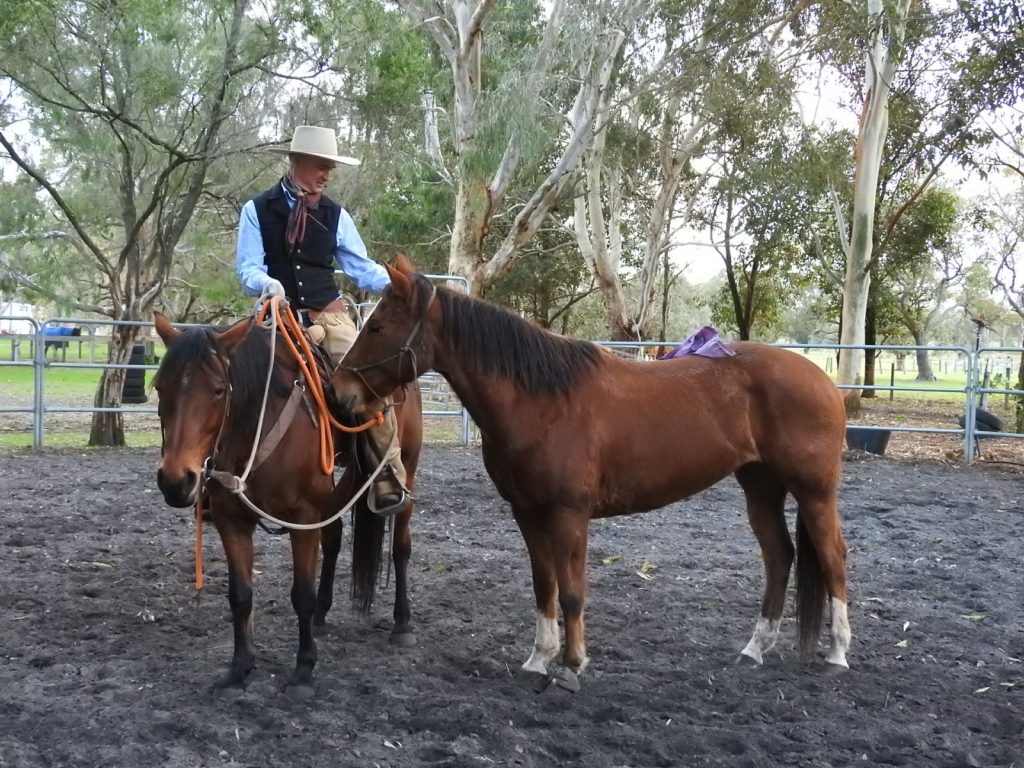
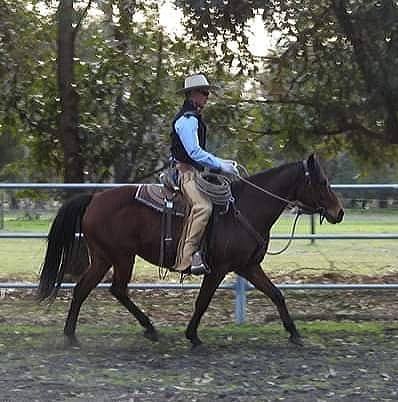
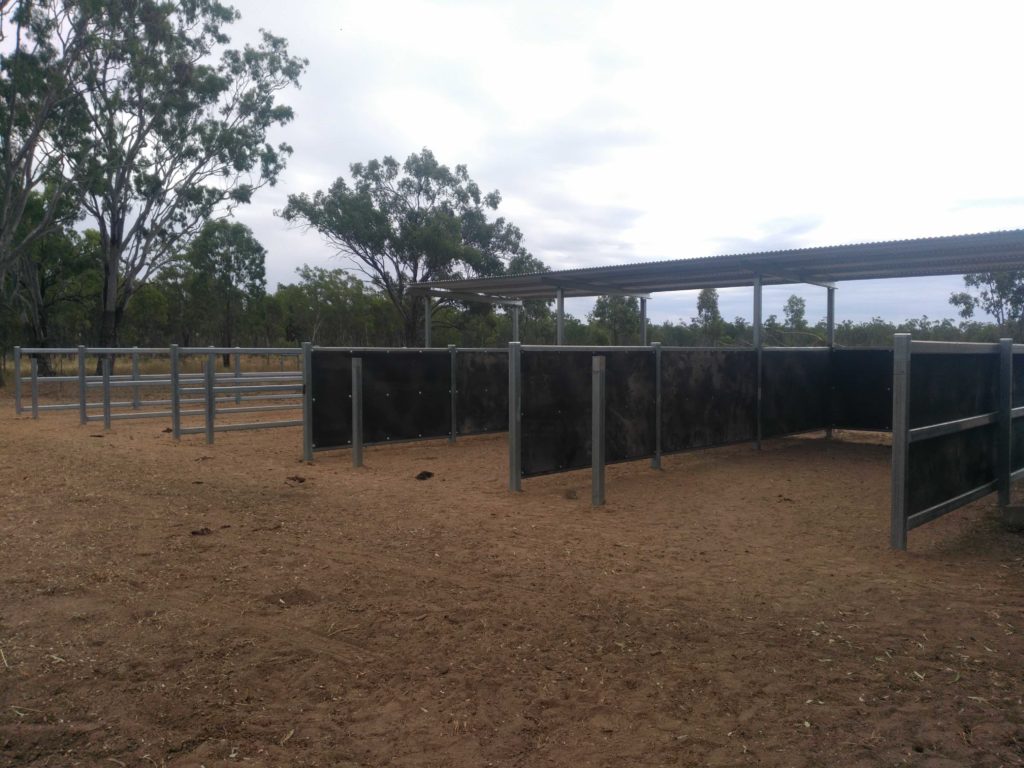
Recent Comments